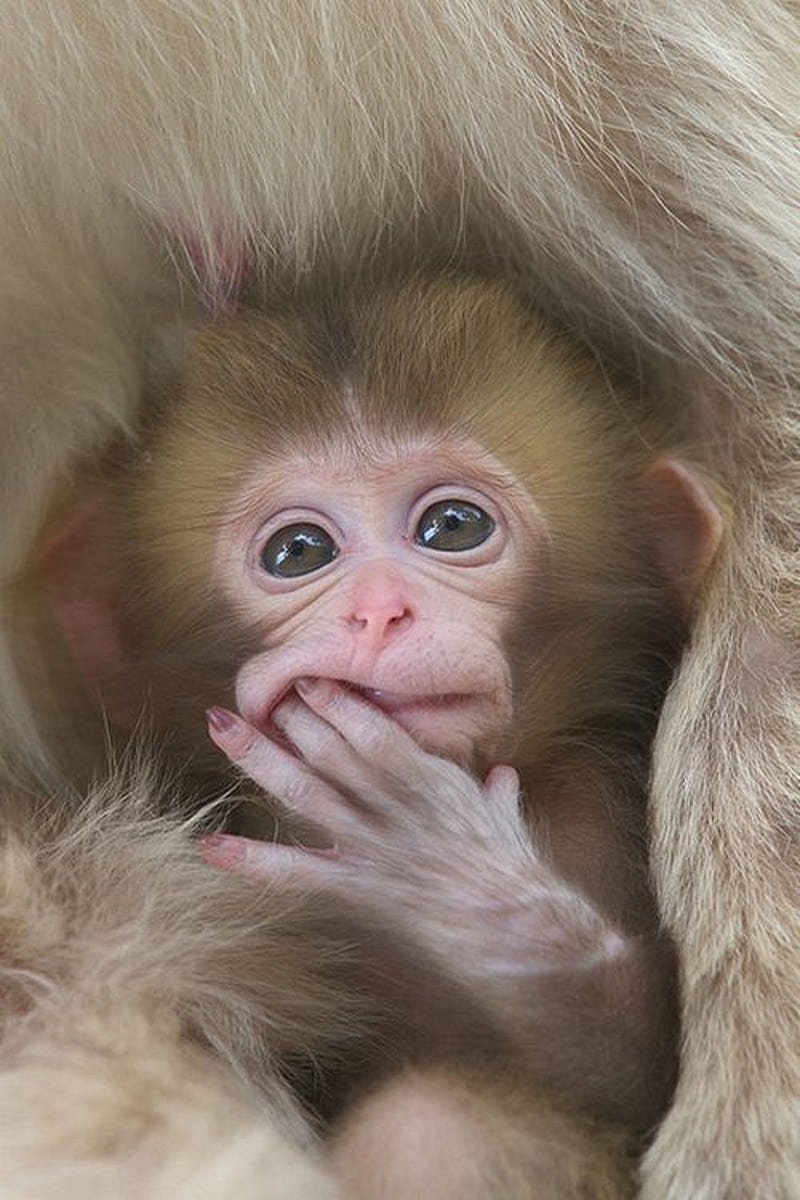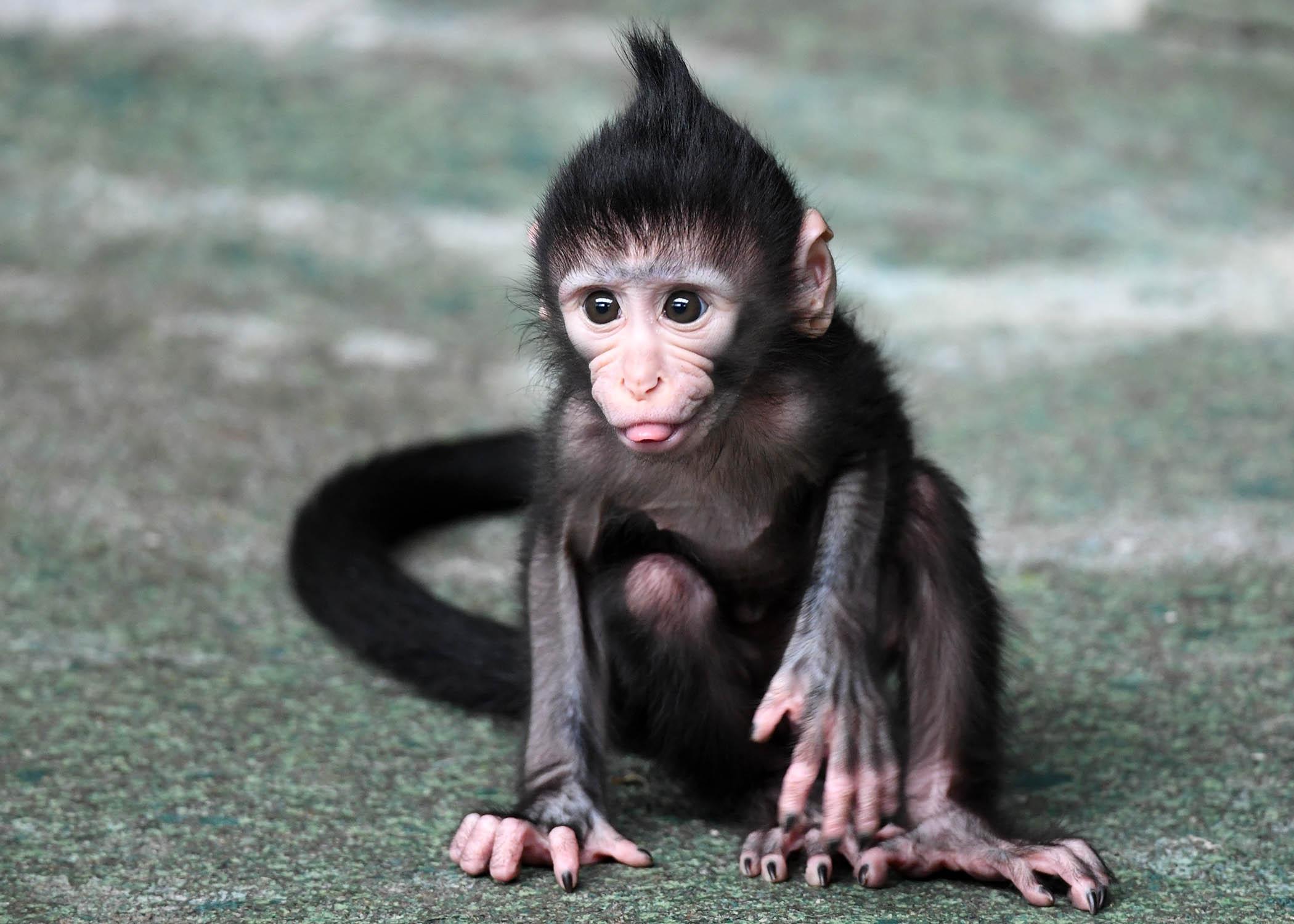Adorable Baby Monkeys: Cuteness Overload!
Can anything truly capture the heart like the sight of a tiny primate clinging to its mother? Baby monkeys, with their wide-eyed curiosity and playful antics, embody a vulnerability and charm that captivates us, reminding us of our own shared primate heritage.
The world of baby monkeys is one of rapid growth, intense learning, and the unbreakable bond between a mother and her offspring. From the dense rainforests of the Amazon to the bustling savannas of Africa, these miniature primates navigate a world fraught with challenges, all while experiencing the sheer joy of being young. Their existence, however, is often precarious, shaped by ecological pressures and the relentless march of human activity. Understanding the lives of these tiny creatures, their vulnerabilities, and the threats they face is crucial not only for their survival, but also for the preservation of the diverse ecosystems they inhabit. Their delicate existence highlights the intricate web of life and our role in protecting it.
The journey from birth to independence is a remarkable one, characterized by milestones of physical and social development. Baby monkeys are born with varying degrees of development, depending on the species. Some, like certain lemurs, are relatively precocial, meaning they are born with their eyes open and can move around shortly after birth. Others, like chimpanzees and gorillas, are altricial, requiring much more intensive care and development within the first few months. Regardless of their specific developmental path, baby monkeys share a common need: the unwavering protection and guidance of their mothers.
Mothers dedicate an extraordinary amount of time and energy to their offspring, providing not only nourishment but also teaching crucial survival skills. These skills include foraging for food, identifying predators, and navigating their social hierarchies. The bond between a mother and her baby is a cornerstone of the baby monkey's early life. This bond is reinforced through constant physical contact, grooming, and the transmission of knowledge gained through generations of primates. These interactions lay the foundation for their social skills, shaping their place within the troop or family group.
Play is another integral part of a baby monkey's development. Through playful interactions, they hone their physical abilities, such as climbing, jumping, and swinging. They also learn important social cues, understanding the boundaries of acceptable behavior and establishing their place within the group. Play is not merely frivolous; it is a critical mechanism for learning and preparing for the challenges of adulthood. For baby monkeys, play is practice for life.
But their lives are not without challenges. Habitat loss, driven by deforestation, agriculture, and urbanization, poses a significant threat to many monkey species. The loss of their homes limits their access to food and shelter, and it increases their vulnerability to predators. Climate change adds another layer of complexity, altering weather patterns and impacting the availability of resources. Furthermore, the illegal wildlife trade continues to threaten monkey populations. Baby monkeys are often targeted for the pet trade, cruelly separated from their mothers and subjected to horrific conditions.
Conservation efforts are thus desperately needed. Protecting their habitats through establishing national parks and protected areas is paramount. Reforestation projects can help to restore degraded habitats and provide corridors for monkeys to move between fragmented areas. Supporting anti-poaching patrols and combating the illegal wildlife trade are crucial to preventing the exploitation of these animals. Raising awareness about the importance of primate conservation is key to creating a future where these incredible creatures thrive.
Let's delve a little deeper into the specifics of their lives by looking at some common species.
The golden lion tamarin, a vibrant primate found in the Brazilian Atlantic Forest, is a prime example of a species teetering on the brink of extinction, yet whose story of recovery offers hope. Listed as endangered, the species population had dwindled to near extinction, thanks largely to deforestation and the pet trade. But thanks to dedicated conservation efforts, including habitat restoration, reintroduction programs, and education, the golden lion tamarin population has shown a remarkable resurgence. Baby tamarins are born into family groups, and they benefit from the cooperative care of both parents and older siblings.
Another poignant example is the chimpanzee, our closest relative. Chimpanzee infants cling to their mothers for the first few years of their lives, learning everything they need to know about survival, social dynamics, and how to be a chimpanzee. The bonds between mothers and their offspring are incredibly strong. Chimpanzees face serious threats, including habitat loss, poaching, and disease. Conservation organizations work tirelessly to protect wild chimpanzees and their forests, including through anti-poaching patrols, educating local communities, and supporting chimpanzee sanctuaries.
The tiny marmosets and tamarins, found in South and Central America, are also fascinating. They are known for their distinctive social structures. Often living in family groups, these small primates are known to show cooperative care, with family members helping to raise the infants. These small primates face similar threats to other monkey species, but their specific needs, like the need for specialized forest habitats, are unique.
The plight of baby monkeys is a microcosm of the larger challenges facing our planet. Their futures are intertwined with ours, and their survival is a measure of our own stewardship of the natural world. The responsibility falls upon each of us to ensure they have the opportunity to thrive.
The following table provides a summary of key aspects related to "Baby Monkeys".
| Aspect | Details |
|---|---|
| Vulnerability | Highly susceptible to environmental changes, habitat loss, and illegal wildlife trade. |
| Mother-Infant Bond | Strong and essential for development, involving care, teaching, and social transmission. |
| Development | Rapid growth, learning of survival skills, and social integration, with varying levels of precociality or altriciality depending on the species. |
| Play | Critical for honing physical and social skills, as well as understanding group dynamics. |
| Threats | Habitat loss due to deforestation and agriculture; climate change; illegal wildlife trade; hunting. |
| Conservation Efforts | Habitat protection, reforestation, anti-poaching patrols, and awareness campaigns. |
| Species Examples | Golden Lion Tamarins, Chimpanzees, Marmosets & Tamarins. |
| Importance | Their survival reflects our stewardship of the natural world, and requires proactive conservation efforts. |
For further details on the specific challenges and conservation efforts, you can refer to the website of the Jane Goodall Institute: Jane Goodall Institute


